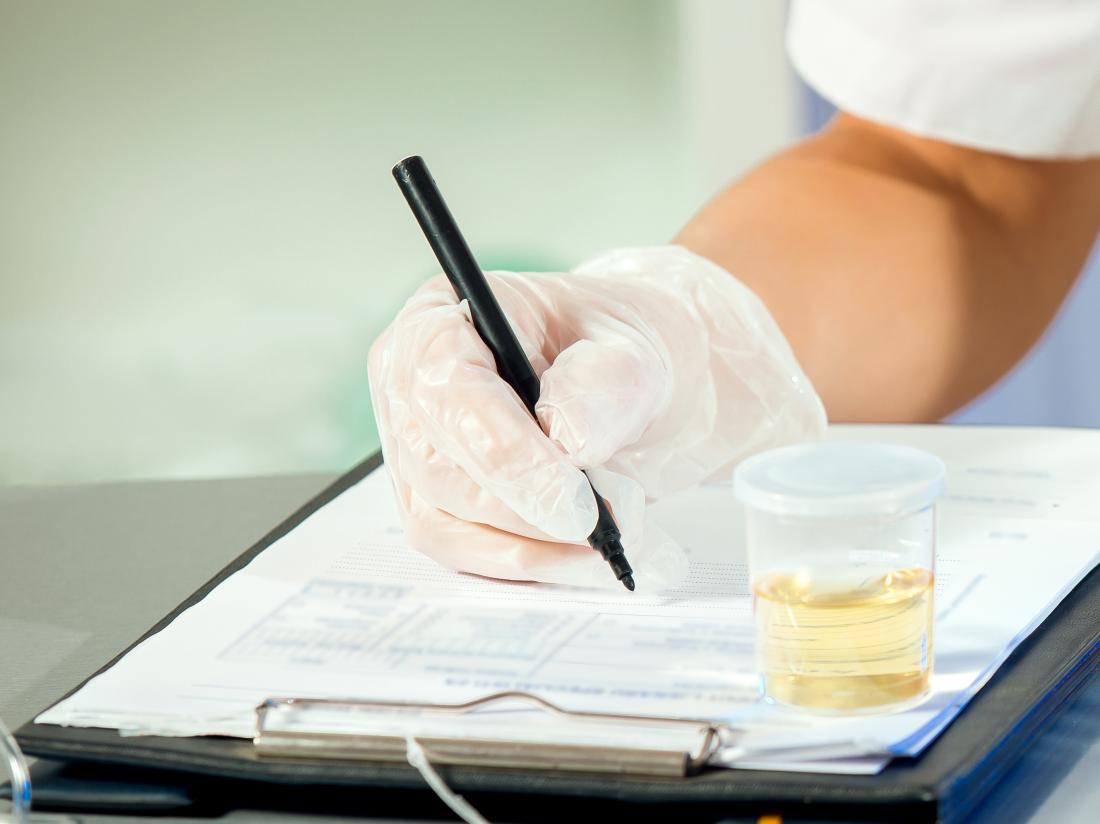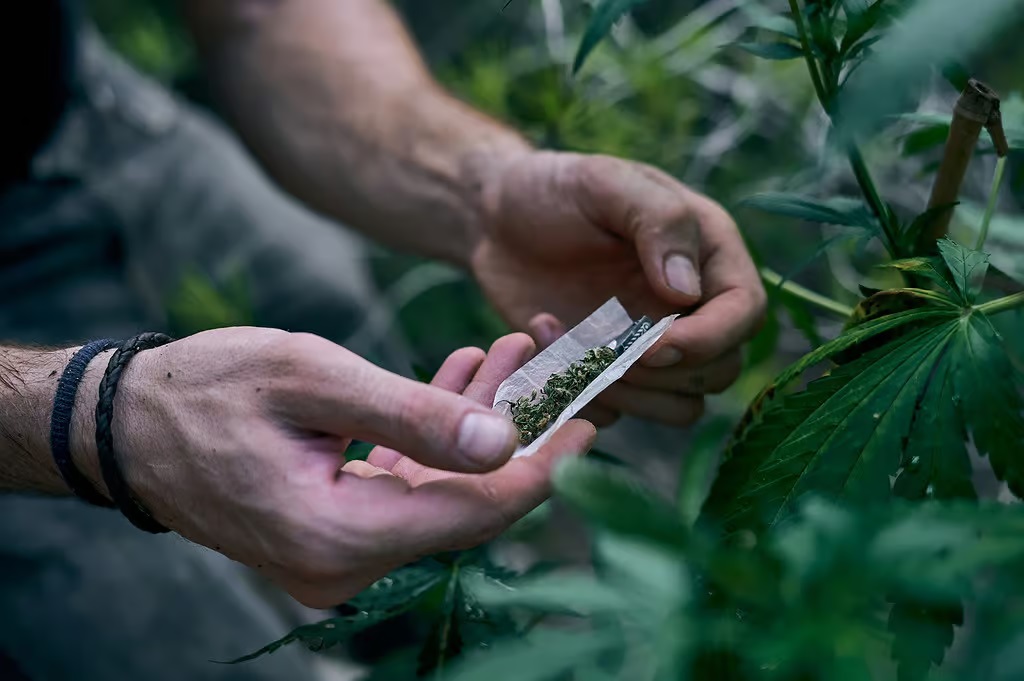A drug test is routinely used to screen employees for illegal drug usage (before an offer of employment is made and randomly at any time after hire). Humble drug testing can also assess the possibility of an accidental or purposeful overdose or poisoning, track compliance with a drug rehabilitation program, and identify the presence or absence of substances for medical or legal purposes. When used as a screen, the test can identify all prescribed medicines, illicit substances, and alcohol. Chemicals frequently tested for include cocaine, amphetamines, heroin, morphine, benzodiazepines, or hydromorphone.
Types of drug tests
- Urine drug testing
Employers usually utilize urine as a sample type for drug testing. It is also the least expensive sort of drug test. A urinalysis will detect the presence of a drug in the system after the drug’s effects have worn off; however, the amount of time varies based on the substance. Urine is the only sample type permitted for legally required, safety-sensitive workforce testing. It can identify use up to three days before the test for most drug kinds. The primary drawbacks of urinalysis are that it may not detect extremely recent drug use within the previous 2-4 hours, and urine specimens can be readily manipulated or replaced.
- Oral fluid (saliva) drug testing
Oral fluid testing is a comparatively recent procedure gaining favor as a less invasive alternative to urinalysis. Oral fluid testing has a significantly narrower detection window than urinalysis, and for most drug types, it identifies use within the past 2-3 days. While more costly than urinalysis, oral fluid is less intrusive and less readily falsified or replaced. The fundamental downside of oral fluid is its low capacity to detect cannabis; nevertheless, significant technological improvements may be addressing this limitation.
- Hair follicle drug testing
Although hair follicle testing has been advocated for testing welfare users, it is not widely employed in most drug testing systems. The primary reasons for this include a lack of standards, a long detection window, and prohibitively high costs. While detection time frames vary depending on hair growth rates, hair follicle analysis identifies most drug kinds for up to 3 months after usage.
Factors that influence how long drugs leave your system
Many factors can influence how long medication is detectable in urine or other biological tests, including:
- The half-life of a drug.
- Hydration status and fluid balance of the topic.
- Drug usage frequency.
- Administration route.
- The concentration at which the testing lab detects the substance.
Can a drug test at work be a false positive or false negative?
The danger of a false positive result concerns everybody subjected to drug testing. Although initial screening drug tests may occasionally provide false-positive findings, confirmatory (GC-MS) testing dramatically reduces the odds of a false positive – decreasing the risk to near zero. A person undergoing drug testing must provide an accurate history of prescription, OTC, and herbal drug usage before sample collection. Whether OTC or prescription, certain medications may cause false positives owing to cross-reactivity with other compounds, but many tests have been modified to eliminate this possibility. For example, decongestants such as ephedrine have been linked to amphetamine false positives.
Some companies or state bodies usually need routine drug testing to keep your license. Consult a doctor if you need to be tested for drugs. Call Calvary Urgent Care or book a meeting online to learn more about drug testing procedures.





